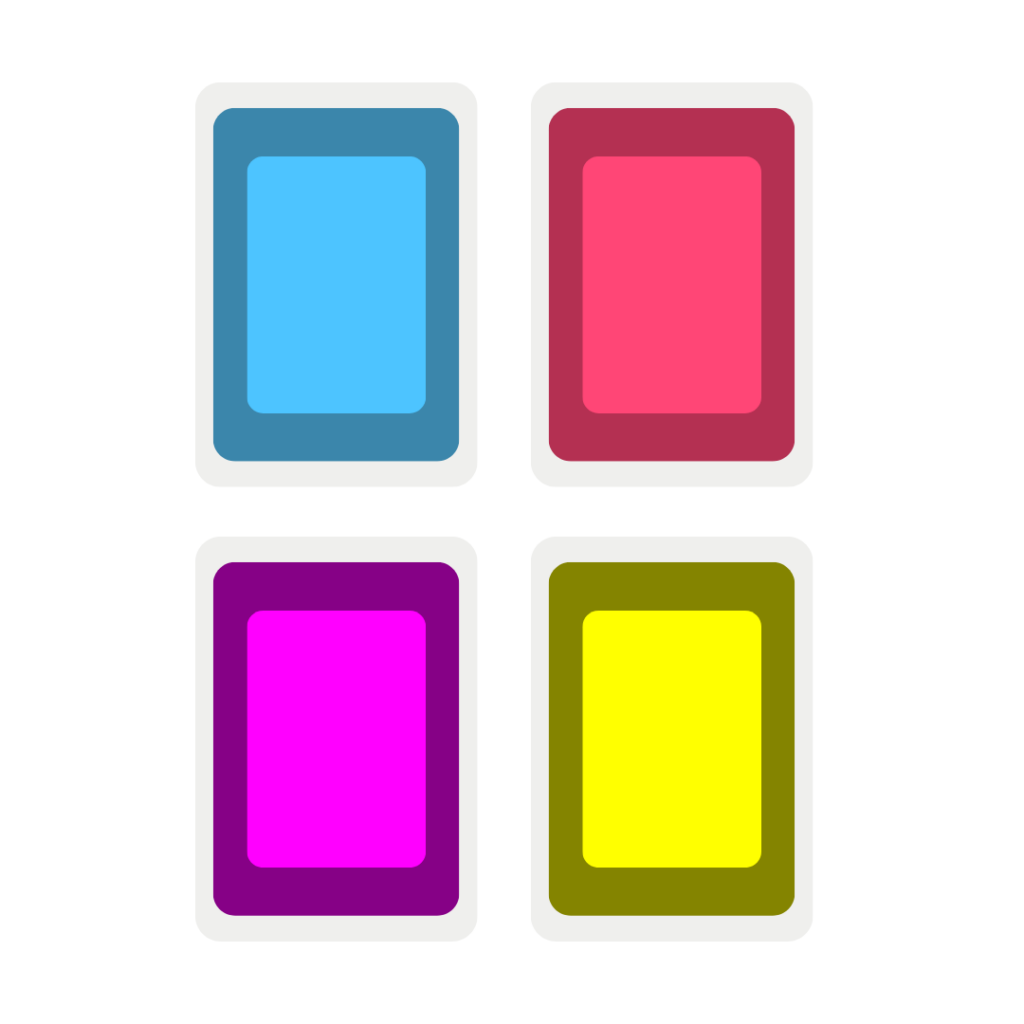What questions did your players have? The players didn’t really have too many questions to start. This game was overall pretty basic to learn.
How quickly did they learn to play? I only took about 5 minutes. Once I explained the instructions, they were pretty much good.
What kinds of interactions did the players have? There wasn’t a whole lot of interaction between the players themselves. However the players enjoyed making fun of each others earnings and items they bought.
What confused players? Players had a little bit of confusion at first trying to figure out when they could go to the store, some players thought that as soon as they earned enough money to buy a product that they could go to the store. They didn’t realize that they had to wait until they land on a store space in order to be able to go to the store.
What did your players enjoy doing? Players enjoyed earning money and being able to go to the store and buy things.
Did any aspect of the game frustrate players? Earning a lot of low vaule items, resulting in it taking awhile for players to be able to buy high value items from the store.
What did your players learn/ take away from your game? Was that what you intended? There wasn’t really mush of a learing aspect to this game. However, I think players eventually got the idea that it is not always worth saving to buy the most expensive item because the smaller items are easier to buy an abundance of and they eventually add up to be a larger value. Overall, the intention was to teach players about price and value of items.
What is you plan to adress player questions, confusion, and frustration? I plan to make a board to display the store products on so that it is easier for all players to see. I also plan to add another card element to the board. So I will have to have “Pick Up a Product Card” and “Pick up a chance card” space to the baord. The product card will be the same as before. The chance card, will have cards that allow players to steal cards from other players, take free objects from the store, freeze a players turn, etc. I also will give players a set amount of mony to start with, so if they happen to land on a “store” space early on in the game, they have the option to buy something if they choose to.
If your players didn’t get your intended message, what will you change? I think players did get the message but I may try to add more to it somehow.


